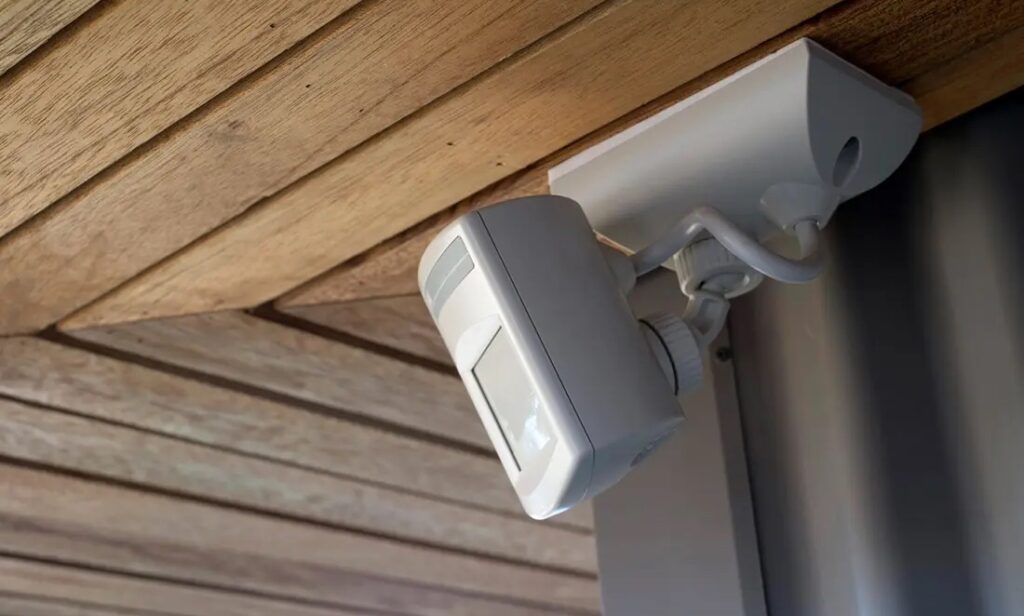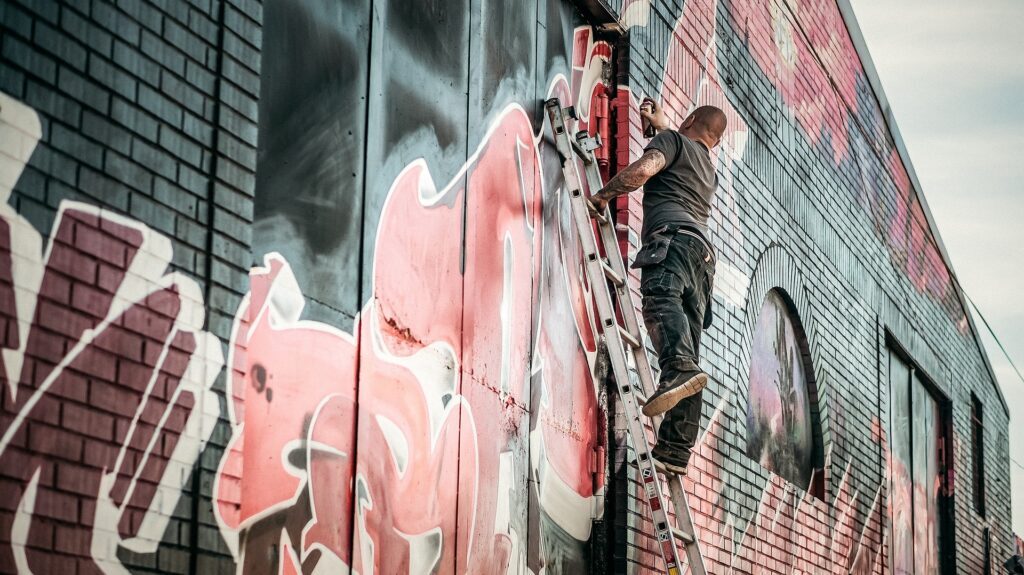
Is there any way to stop graffiti?
by Alfredo Mendoza, onGraffiti CoatingGraffiti Removal , June 30, 2021

by Alfredo Mendoza, onGraffiti CoatingGraffiti Removal , June 30, 2021
Stop graffiti attacks in urban spaces is a titanic job representing millions of dollars for metropolitan area councils and homeowners. When you have been a victim of graffiti vandalism, there are some basic questions that you may have. Perhaps the more frequent are:
How to remove the graffiti and how?
How to minimise the opportunity for future graffiti on my property?
The first thing to consider is that graffiti is a multifaceted problem that requires a variety of responses. Park managers, property managers, and homeowners have two possible approaches, 1) regulating visitor behaviours via enforcement of policies and 2) strategies that minimise the risk of graffiti attacks.
Both courses of action involve changing behaviours to protect the venue or property; however, it is impractical for victims of graffiti with reduced budgets to hire guards to monitor risky areas. Overall, it is more realistic to think of prevention as a layering, evolving process. Each additional prevention strategy reduces the risk by enhancing security; the more layers, the less likely it that graffitist and taggers will damage your property.
Layout and design of all areas, including the main structure and amenities, is crucial in discouraging graffiti. Abandoned places with a reduced flow of people and large blank surfaces invite vandals. Adding sculptures located in visible and well-used areas usually deter vandalism. Other tricks will help you to design your spaces to prevent graffiti:
Keep outdoor furniture or other amenities out of reach. Your furniture can grant access to other parts of the property like balconies or jump a fence. These items should not allow access to light fixtures, high walls, etc.
Usually, bolting or relocating such amenities reduce the amount of surface that can be defaced.
A very reasonable measure is to mount dummy cameras in visible places.

Graffiti artists try to avoid been seen while they are committing the crime. Vulnerable parts such as blank walls and hidden dark areas should be illuminated during the night. It is recommended to situate the lights in hard to reach places and constructed them with resistant materials. Motion Sensitive Security Lighting is one of the best options to make this strategy more effective –using solar lights would reduce the cost in the long run.
More important, though, is informal surveillance. It is not necessary to hire a professional to have casual walks around your property daily. Few rounds of 5 minutes around the place reduce the chances of vandalism dramatically.
Nevertheless, lighting alone is an insufficient preventive; sightlines must also be clear. If trees or high structures obstruct surveillance, any positive effects of improved lighting will disappear.

In some cases, even with all the security layers mentioned above, there are chances of repeated attacks in particular areas. As mentioned before, it is unlikely that you can have a guard surveilling the area 24 / 7. For such vulnerable spaces, besides vandal-proof materials, anti-graffiti coatings can be applied after surfaces. There are two highly efficient categories of protective coatings:
With sacrificial coatings, the graffiti removal process is way more straightforward. It involves using high-pressure hot water to remove the graffiti, similar to the standard techniques, but the chances to damage the surface reduce dramatically. Additionally, it is time and money-saving as no chemicals are used.
PROS
CONS
This category of coatings comprises a two-pack polyethylene base.
The coating produces a rigid base that allows repeated pressure cleaning applications over time and unique cleaning solutions. In some cases, pressure cleaning is not required as chemicals can dissolve and remove graffiti quickly without affecting the coating. Typically, these coatings have a lifespan of up to 10 years, assuming they are maintained and cleaned correctly.
PROS
CONS
If you decide to go with the protective coatings strategy, it is recommended to hire a professional to do the job; many procedures and long-term effects are often unknown. It is not as simple as painting a wall, and the cost of doing it wrong can be high.

Painting designs or murals on surfaces will discourage graffiti. Mural projects that involve local artists and high local students are a proven method to reduce vandalism and the broken window effect. Furthermore, updating the mural a few times a year procures more community involvement.
When dealing with sensitive surfaces, using sizeable wooden panelling to cover walls is a practical solution. Once written on, the boards can be removed and replaced with new boards.
In this article, we have covered different approaches to prevent graffitists from vandalising your property. The more security layers you add from layout and design to anti-graffiti coatings, the less risk of systematic graffiti attacks. We hope you find this helpful article to start your new anti-vandalism journey and stop graffiti attacks in your property.
Automated page speed optimizations for fast site performance